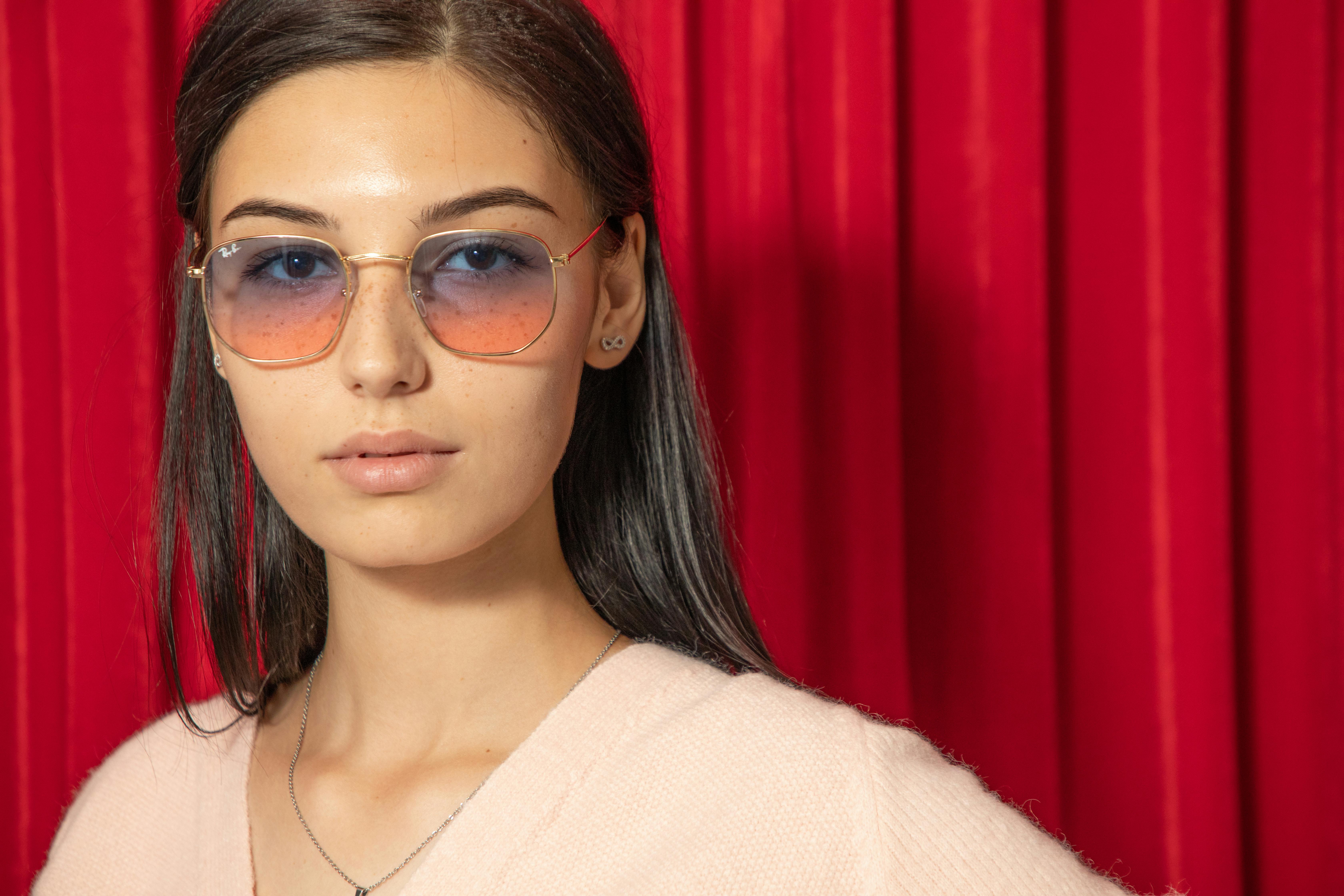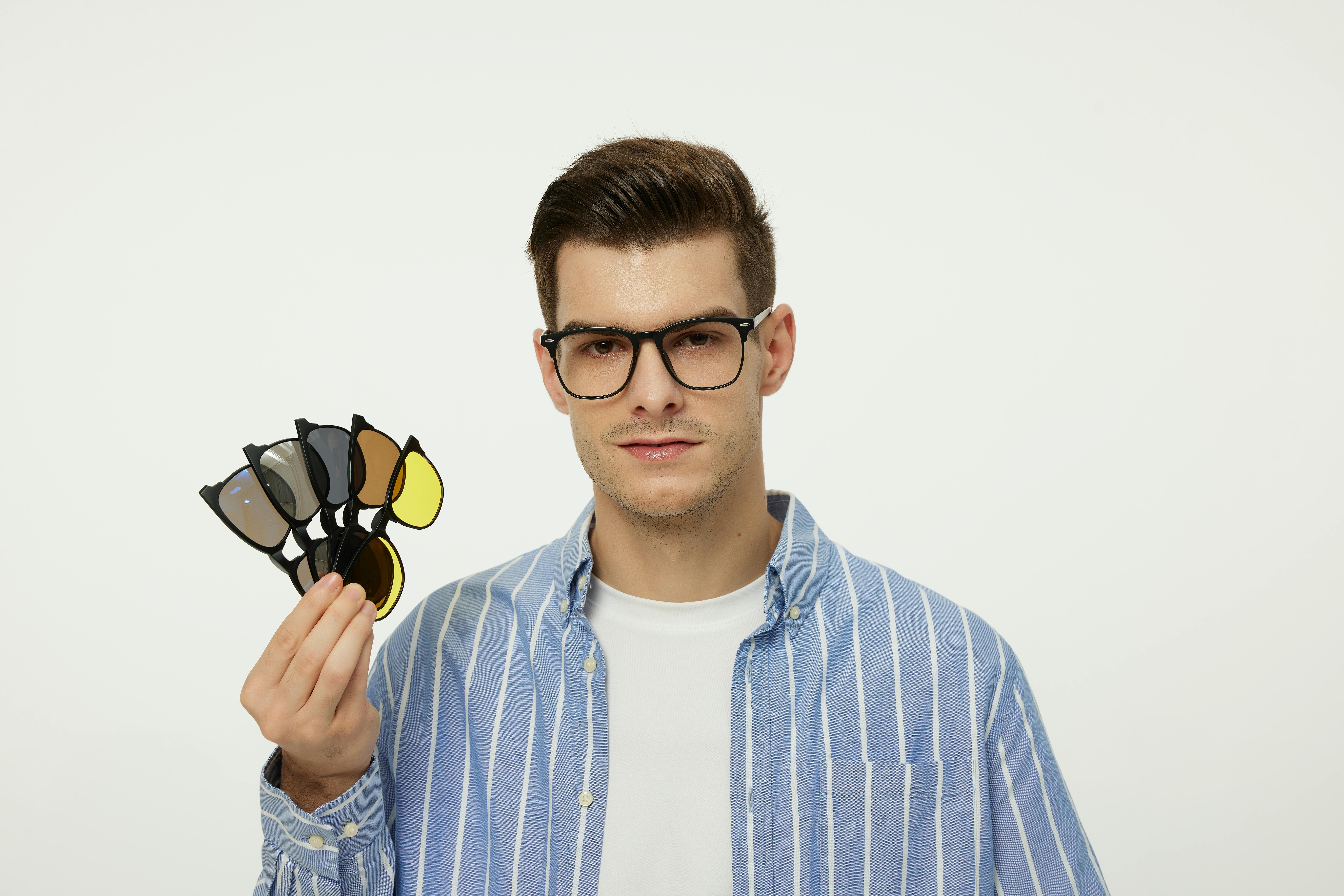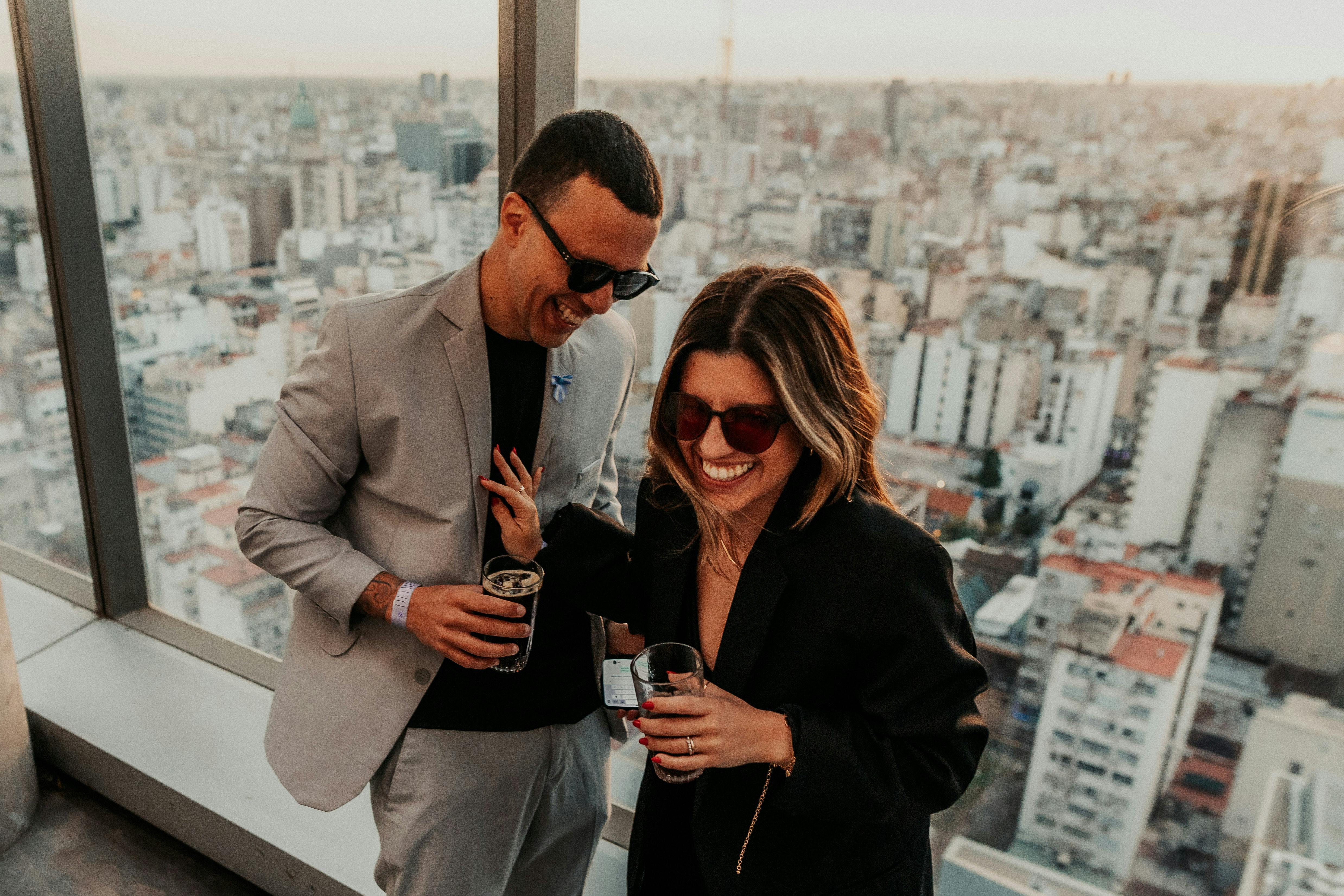The Unseen Threat: Why Your Eyes Desperately Need UV Protection
 |
| Save 50% on Sunglasses for Women Classic Vintage Sunglasses Retro Oval 90s Trendy Shades Sun Glasses UV400 Protection Lens |
We all know the drill: slather on the sunscreen, wear a wide-brimmed hat, and seek shade when the sun's at its peak. We're diligent about protecting our skin from the sun's harmful ultraviolet (UV) rays, and rightly so. But what about our eyes? Far too often, our precious peepers are left vulnerable to an unseen threat that can cause significant, and sometimes irreversible, damage.
It's time to shine a light on the science of UV rays and understand precisely why protecting your eyes isn't just a suggestion – it's an absolute necessity.
What Are UV Rays, Anyway?
Ultraviolet (UV) radiation is a form of electromagnetic radiation that comes from the sun and artificial sources like tanning beds. While we can't see it, feel it, or smell it, UV radiation is powerful and can penetrate living tissue. There are three main types of UV rays:
UVC: The most dangerous type, but thankfully, almost all UVC rays are absorbed by the Earth's ozone layer before they reach us.
UVB: These are the rays primarily responsible for sunburns. They penetrate the top layer of your skin and can cause significant damage.
UVA: These rays penetrate deeper into the skin and are linked to premature aging and wrinkles. They also play a significant role in eye damage.
Both UVA and UVB rays pose a serious threat to your eyes, regardless of the season or whether the sun is shining brightly. Clouds, reflective surfaces like water, snow, and even concrete, can intensify UV exposure.
 |
| Buy Now |
The Damage UV Rays Inflict on Your Eyes
Just like your skin, your eyes are susceptible to sunburn. This isn't the kind of burn that turns red and peels, but it's a very real and painful condition called photokeratitis, often described as a "sunburn of the eye." Symptoms include pain, redness, blurry vision, light sensitivity, and a gritty feeling. While usually temporary, repeated photokeratitis can contribute to long-term damage.
But the dangers go far beyond a temporary burn. Chronic exposure to UV radiation can lead to a host of serious and debilitating eye conditions:
Cataracts: This is a clouding of the eye's natural lens, which can lead to blurry vision, glare, and difficulty seeing at night. Long-term UV exposure significantly increases the risk of developing cataracts, which are the leading cause of blindness worldwide.
Macular Degeneration (AMD): This condition affects the macula, the part of the retina responsible for sharp, central vision. UV exposure is a known risk factor for AMD, which can lead to irreversible vision loss.
Pterygium: Also known as "surfer's eye," this is a non-cancerous growth of the conjunctiva (the clear tissue covering the white of your eye) that can grow over the cornea. It can cause irritation, redness, and in severe cases, obstruct vision.
Pinguecula: Similar to pterygium, but it's a yellowish patch or bump on the white of the eye that does not grow onto the cornea. While usually harmless, it can become irritated with continued UV exposure.
Eye Cancer: Just like skin cancer, various forms of cancer can affect the eyelids, the skin around the eyes, and even the eyeball itself. Melanoma, basal cell carcinoma, and squamous cell carcinoma can all be linked to UV exposure.
Protecting Your Precious Vision
The good news is that protecting your eyes from UV damage is simple and effective. It doesn't require a complex regimen, just a few smart choices:
Wear Sunglasses – Always! This is your first and best line of defense. But not just any sunglasses will do. Look for sunglasses that block 100% of both UVA and UVB rays. This is often indicated as "UV400" or "100% UV protection" on the label. Darker lenses don't necessarily mean more protection, so always check the label.
Choose the Right Lenses:
Polarized lenses are excellent for reducing glare from reflective surfaces like water, snow, and roads, making them ideal for driving and outdoor activities. While they don't offer more UV protection than non-polarized lenses, they significantly enhance comfort and clarity.
Consider wraparound styles for maximum protection, as they prevent UV rays from entering from the sides.
Hats are Your Friends: A wide-brimmed hat provides an extra layer of defense, especially from overhead sun.
Be Mindful of Reflective Surfaces: Water, sand, snow, and even pavement can reflect a significant amount of UV radiation, effectively doubling your exposure. Be extra vigilant with eye protection in these environments.
Don't Forget the Kids: Children's eyes are even more susceptible to UV damage because their lenses are clearer. Start protecting their eyes early with properly fitting, UV-protective sunglasses.
Year-Round Protection: UV rays are present every day, even on cloudy days and in winter. Make wearing sunglasses a year-round habit.
In Margate, Florida, where the sun shines bright for much of the year, this advice is particularly pertinent. Whether you're enjoying the beach, riding your bike along the paths, or simply running errands, consistent eye protection is non-negotiable.
Don't let the unseen threat of UV rays compromise your vision. Make eye protection a priority, and enjoy the beauty of the world with healthy, protected eyes for years to come.














.webp)

.webp)
.png)



.png)

Comments
Post a Comment
Share your thoughts and Questions here.